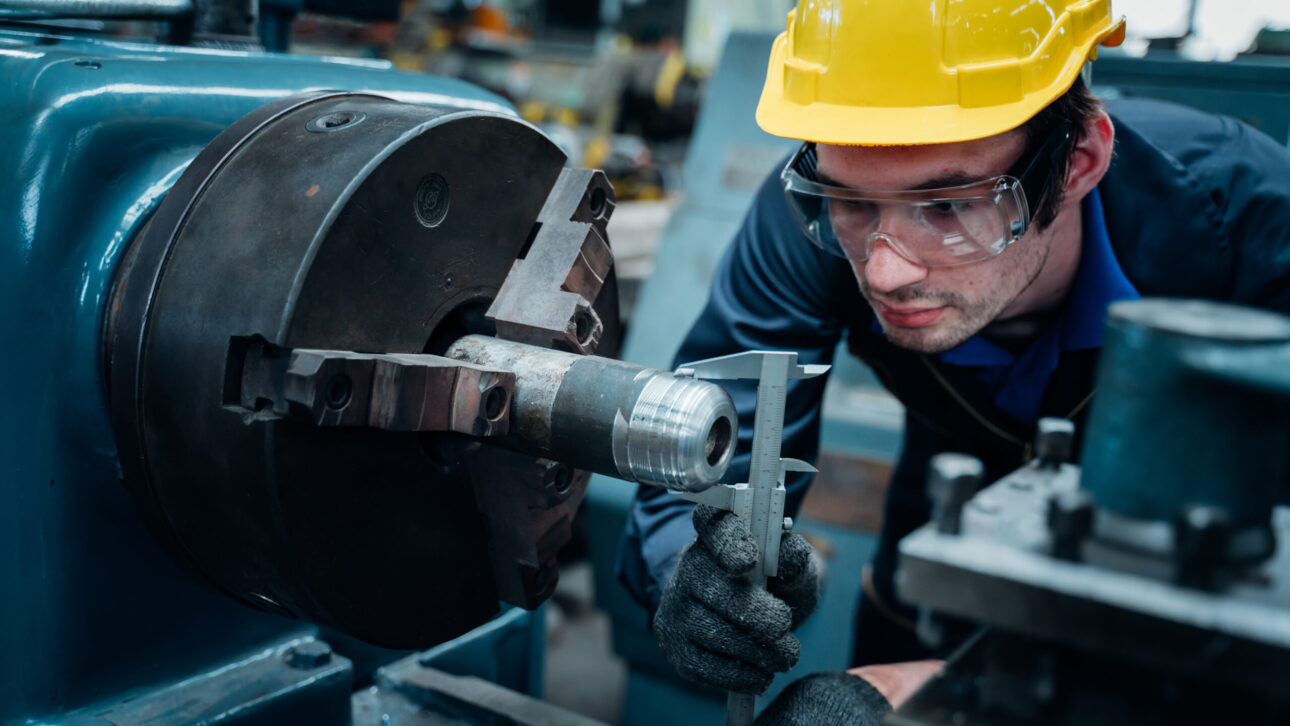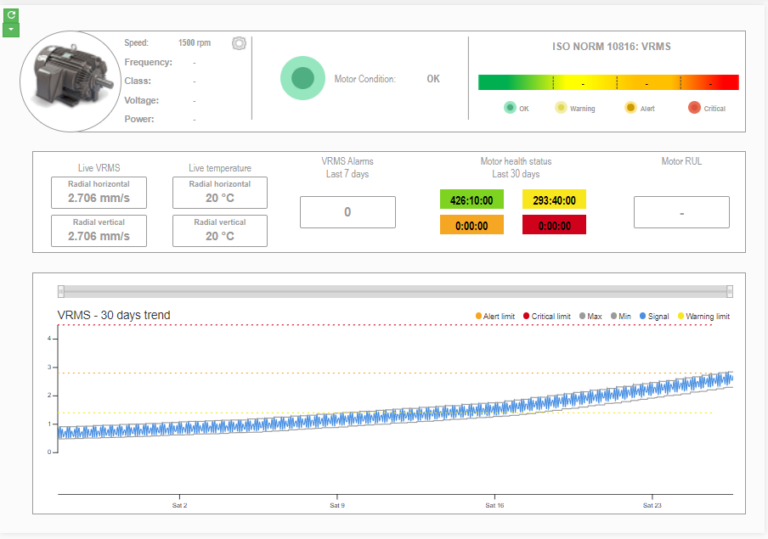

Emeline Lage - Product Manager
In factories, engine failures are generally suffered despite the significant time and energy spent on maintenance. And for equipment manufacturers, keeping track of the condition of the machine, its use and its engine remains complex.
Based on this observation, InUse has developed a new App within its platform to exploit IoT data to prevent breakdowns and extend the life of electric motors.
The challenge is to ensure that maintenance is no longer reactive or even corrective, but rather well controlled.

Maintaining a functioning engine sometimes requires an on-site or remote maintenance team to perform cyclical and scheduled preventive maintenance on each engine. Otherwise known as “rounds”, these methods are costly in terms of resources, energy and organization. Nevertheless, they have the advantage of being able to identify certain drifts and alert the service engineer when the behavior of an engine seems abnormal.
Most of the time, a suspicious noise or the result of a preventive inspection will raise the alarm and signals that special attention should be paid to the engine.
Reactive and preventive maintenance visits then follow, but sometimes it is already too late.
By listening to the engine continuously, we can see in real time what it is telling us, what it is signalling.
Several techniques exist today to identify the source of engine's failure. These include oil analysis, temperature monitoring, ultrasonic inspection and vibration analysis. Despite its greater complexity, vibration analysis offers the possibility of identifying possible defects in an engine's vibration signature and anticipating underlying faults.
What cannot be detected by traditional methods such as visual inspection or oil analysis becomes evident through vibration analysis.
Until now this method has been used rather by engine maintenance professionals equipped with specific vibration analysis equipment, but it tends to become more democratic thanks to the IOT.
Connecting a motor continuously means equipping it with vibration sensors that allow its behaviour to be analysed. The first piece of data that is essential for monitoring a motor is the V-RMS (Velocity Root Mean Square) variable. This variable, classified according to different levels from the ISO 10816 standard on mechanical vibrations of rotating machines, can indicate the state of health of the engine.
This first information cross-referenced with other engine operating data allows to establish a global performance scoring and to distinguish at any time if the engine has a risky behavior: a significant issue when a significant fleet or critical engine is available on a production line.
The major benefit of the IoT is the continuous assessment of the engine's integrity, as opposed to traditional vibration analyses carried out on an ad hoc basis, as well as a valuable insight into the evolution of variables and the engine's behaviour.
Thanks to the InUse IOT platform, it is now possible to exploit a volume of data that was previously unimaginable. The analysis offers new perspectives, when embedded in an artificial intelligence model such as machine learning, allowing to increase the capabilities of an engine and revolutionise its maintenance strategy.

Thanks to the InUse IOT platform, it is now possible to exploit a volume of data that was previously unimaginable.
The analysis offers new perspectives, when embedded in an artificial intelligence model such as machine learning, allowing to increase the capabilities of an engine and revolutionise its maintenance strategy.
à lire également
